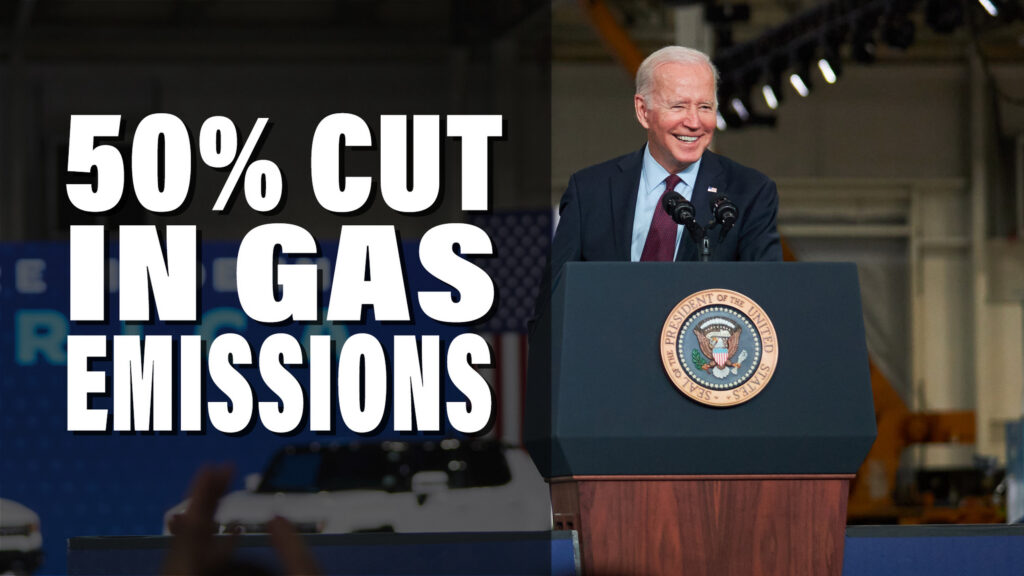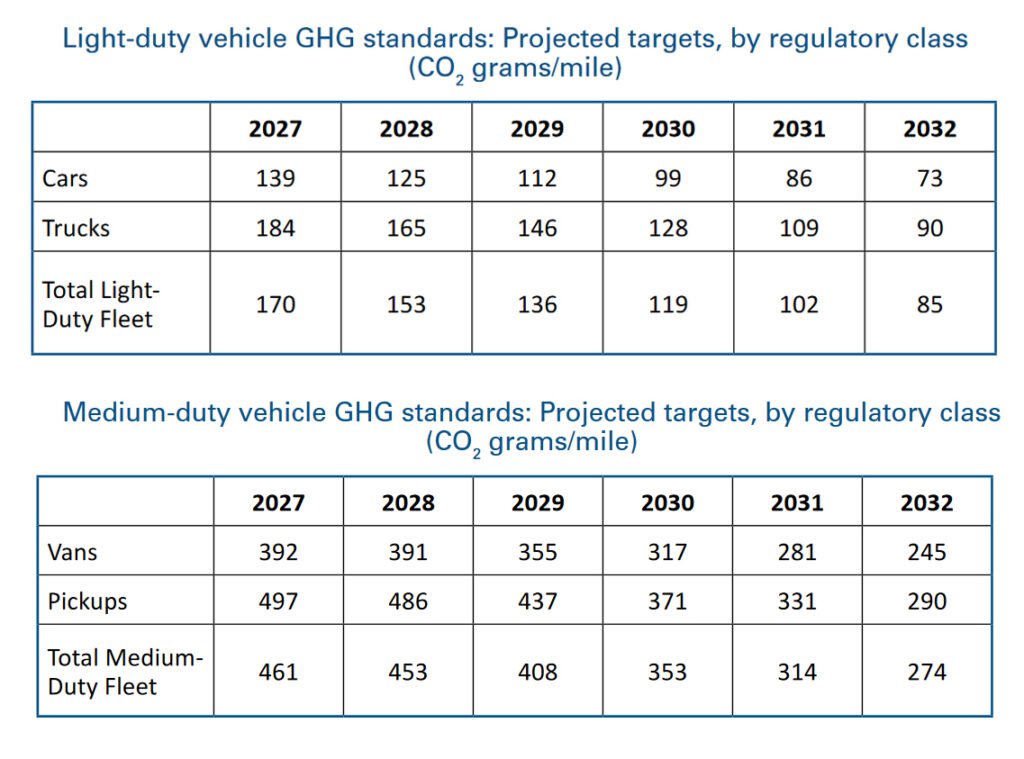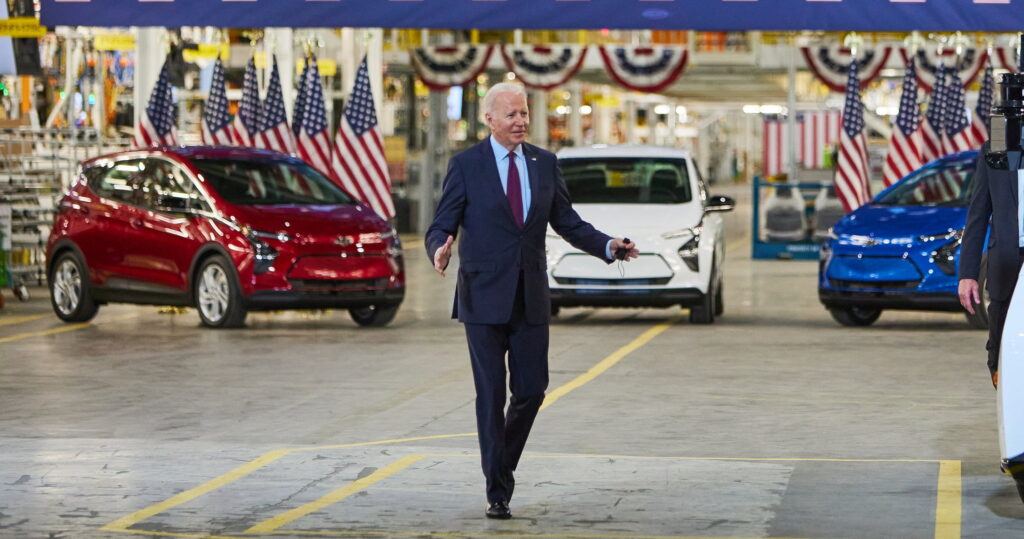The government predicts that between 30 and 56 percent of passenger vehicles will have to be electric by 2032 for automakers to meet new emissions standards
4 hours ago
 –>
–> 
–>
President Joe Biden has announced the most stringent pollution standards for cars ever introduced in the United States, aimed at curbing planet-warming exhaust emissions from passenger vehicles. The initiative is poised to propel the automotive industry towards a rapid transition to electric vehicles.
The Environmental Protection Agency (EPA) has stated that it is finalizing new rules requiring automakers to reduce their fleet-wide greenhouse gas emissions for light-duty vehicles by nearly 50 percent between 2027 and 2032.
The rules do not impose a mandate on the types of vehicles automakers can produce and sell. However, the EPA is targeting an industry-wide average of just 85 grams of CO2 per mile for light-duty vehicles (i.e., passenger vehicles) by model year 2032. For medium-duty vehicles (small commercial vehicles), it aims for a reduction of approximately 44 percent, to 274 grams of CO2 per mile.
Read: Biden Administration Flinches First Relaxing EV Rules In Clear Win For Automakers
Similarly, the organization is targeting a 50 percent reduction in non-methane organic gases, NOx, and other pollutants compared to the 2025 model year standards for light-duty vehicles. It is also aiming for a 95 percent reduction in particulate matter emissions per vehicle.
While the EPA is not mandating electric vehicle (EV) quotas for automakers, it anticipates that between 30 and 56 percent of an automaker’s light-duty lineup and between 20 and 32 percent of its medium-duty lineup will need to be electric to comply with its emissions regulations. It also predicts an increase in the proportion of hybrid vehicles by 2032, but acknowledges that internal combustion vehicles will still be in circulation.

In establishing these regulations, the EPA has made concessions to both automakers and the UAW. It has adjusted the timeline to gradually phase in emissions restrictions between 2027 and 2030, with more aggressive implementation scheduled for 2031 and 2032, a move that has garnered approval from the union.
“By taking seriously the concerns of workers and communities, the EPA has come a long way to create a more feasible emissions rule that protects workers building ICE vehicles, while providing a path forward for automakers to implement the full range of automotive technologies to reduce emissions,” the UAW wrote in a statement.
However, that has caused some environmental activists to accuse the White House of caving to pressure from the automotive industry and big oil, according to the New York Times. Meanwhile, across the aisle, Republicans have the opposite complaint, and are expected to work with a coalition of fossil fuel companies to launch an immediate legal challenge against this legislation.
Despite those complaints, the EPA claims that the new rules would avoid the emission of around 7.2 billion metric tons of CO2 over the life of the program. It adds that the standards could provide the country with $13 billion in annual health benefits and save drivers $46 billion in fuel costs per year.

